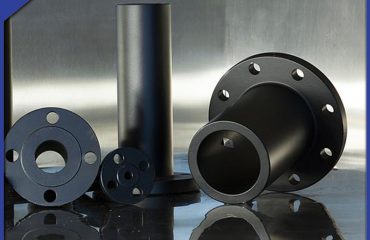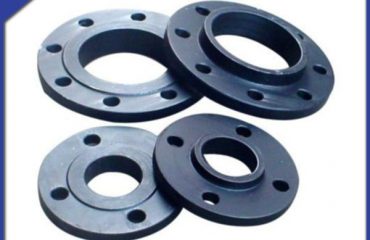
1. Raised surface pressing surface:
Features: simple structure, easy processing, easy loading and unloading, easy anti-corrosion lining;
Use: the pressing surface can be smooth and suitable for occasions with PN less than or equal to 2.5MPa; With grooves (2 ~ 4, width x depth of 0.8mmx0.4mm, cross section of triangular circumferential groove), the gasket is easy to deform and prevent non-metallic gasket from being extruded, which is more suitable; The vessel flange can be up to 6.4Mpa, and the pipe flange can even be up to 25 ~ 42MPa. However, with the increase of nominal pressure, the applicable nominal diameter decreases accordingly.
2. Concave convex pressing surface: it is easy to align and effectively prevent the gasket from being extruded, but the width is large, so it requires large bolt preload and large flange size. It is applicable to vessel flanges and pipe flanges with PN less than or equal to 6.4Mpa.
3. Mortise and groove pressing surface: it is composed of mortise and groove surface. The gasket is placed in the groove and will not be squeezed out of the pressing surface, which is less scoured and corroded by the medium. Due to the narrow sealing surface and small bolt force, it is suitable for occasions with higher pressure and strict sealing requirements, such as important occasions such as flammable, explosive and highly or extremely hazardous toxic media. However, the structure is complex, the gasket is easy to be squeezed in the groove and difficult to remove, so it is difficult to replace the gasket. In addition, it should be noted that the tenon flange should be protected during transportation to avoid collision and deformation.
4. Trapezoidal groove pressing surface: the trapezoidal groove pressing surface is used with elliptical ring gasket or octagonal ring gasket. The conical surface of the groove forms a line contact seal with the ring gasket, so it is used in high pressure occasions.
 Language
Language Espanol
Espanol English
English Italian
Italian عربى
عربى
 Skype: chinamaker99
Skype: chinamaker99  Tel: 86-316-5120812
Tel: 86-316-5120812 Email:
Email:  Whatsapp:
Whatsapp: 
